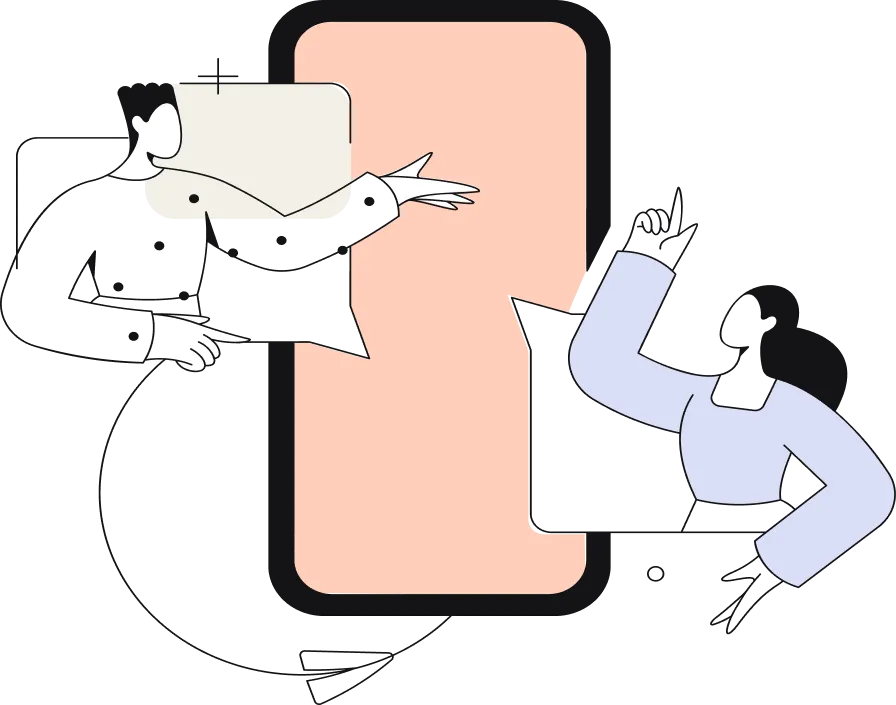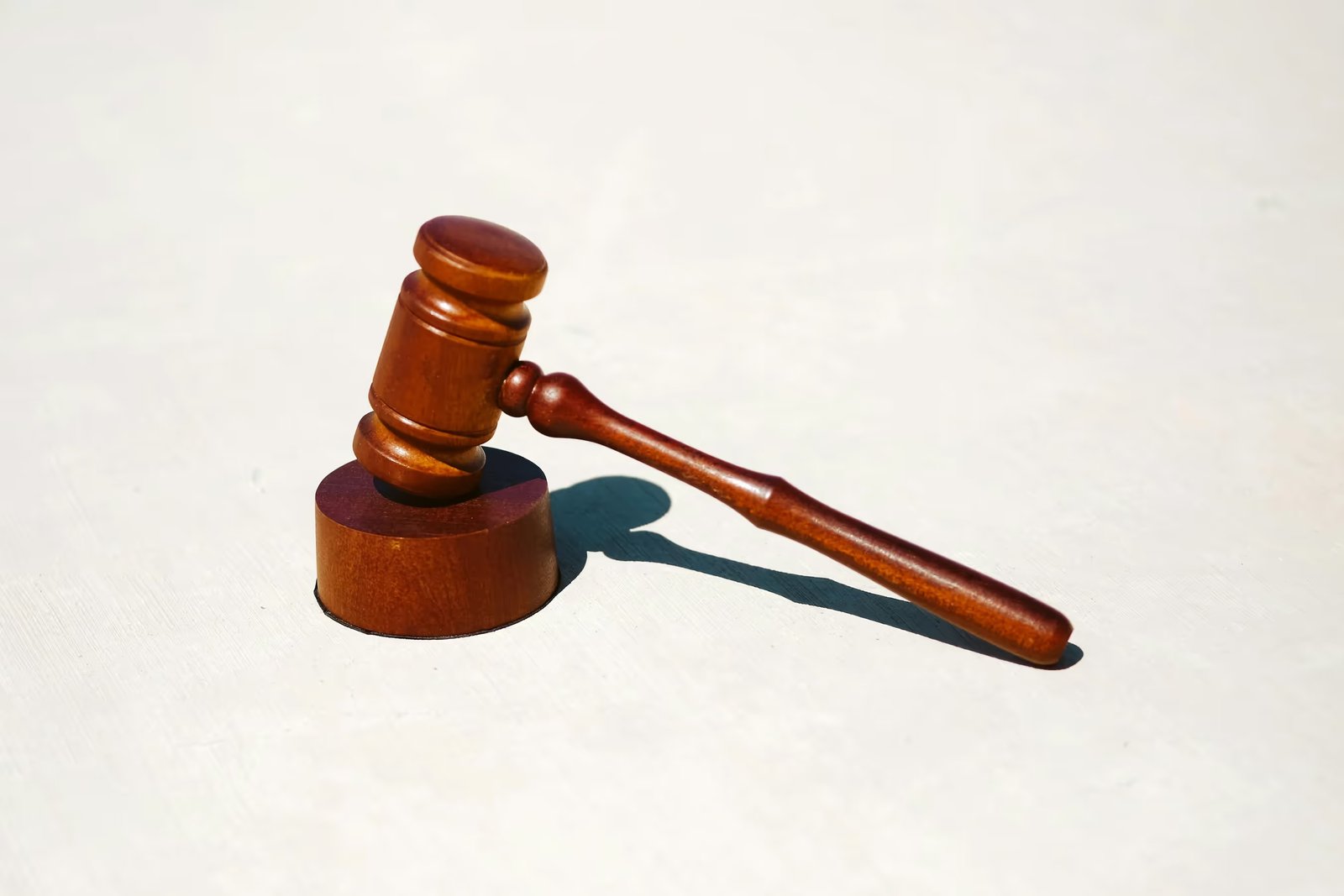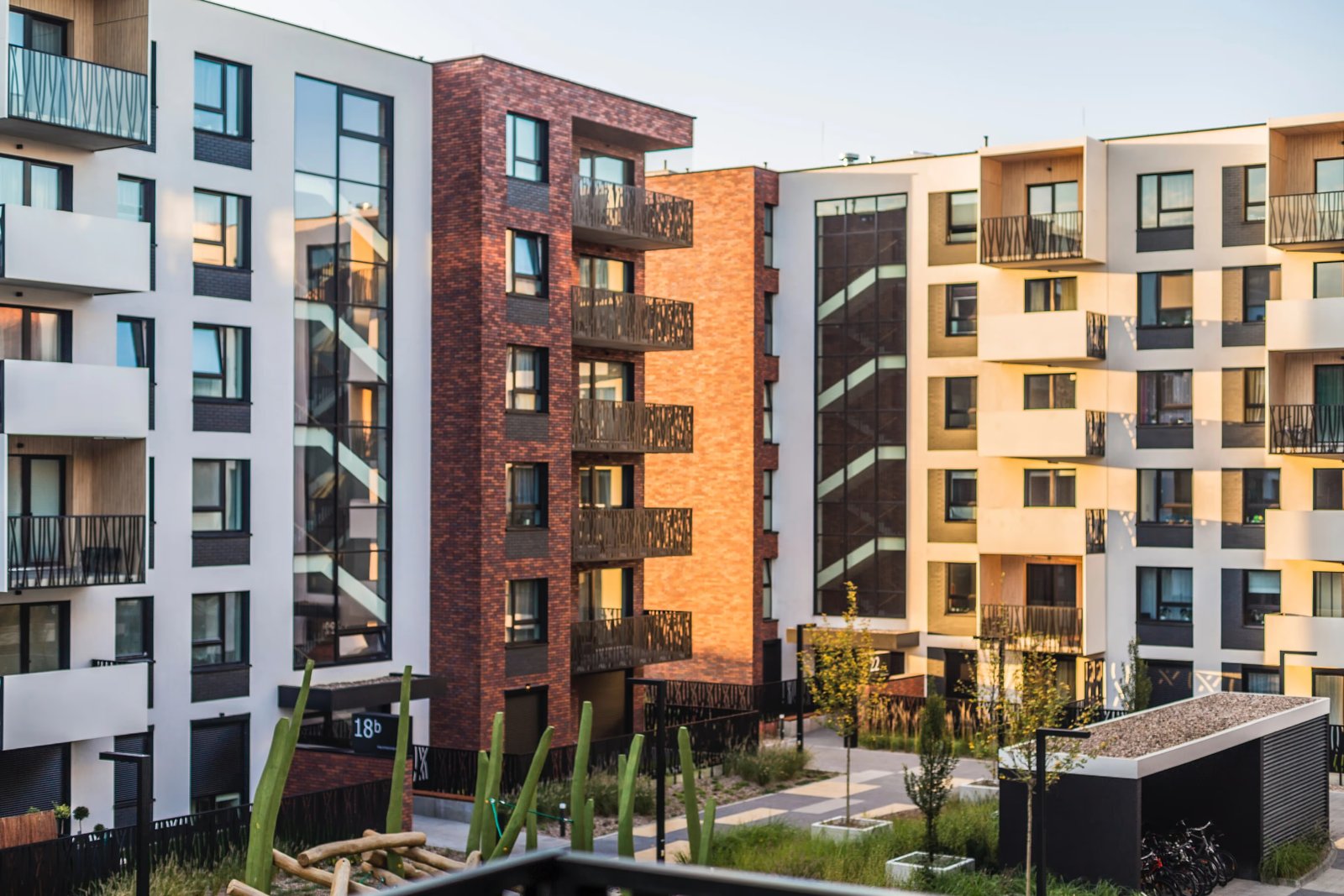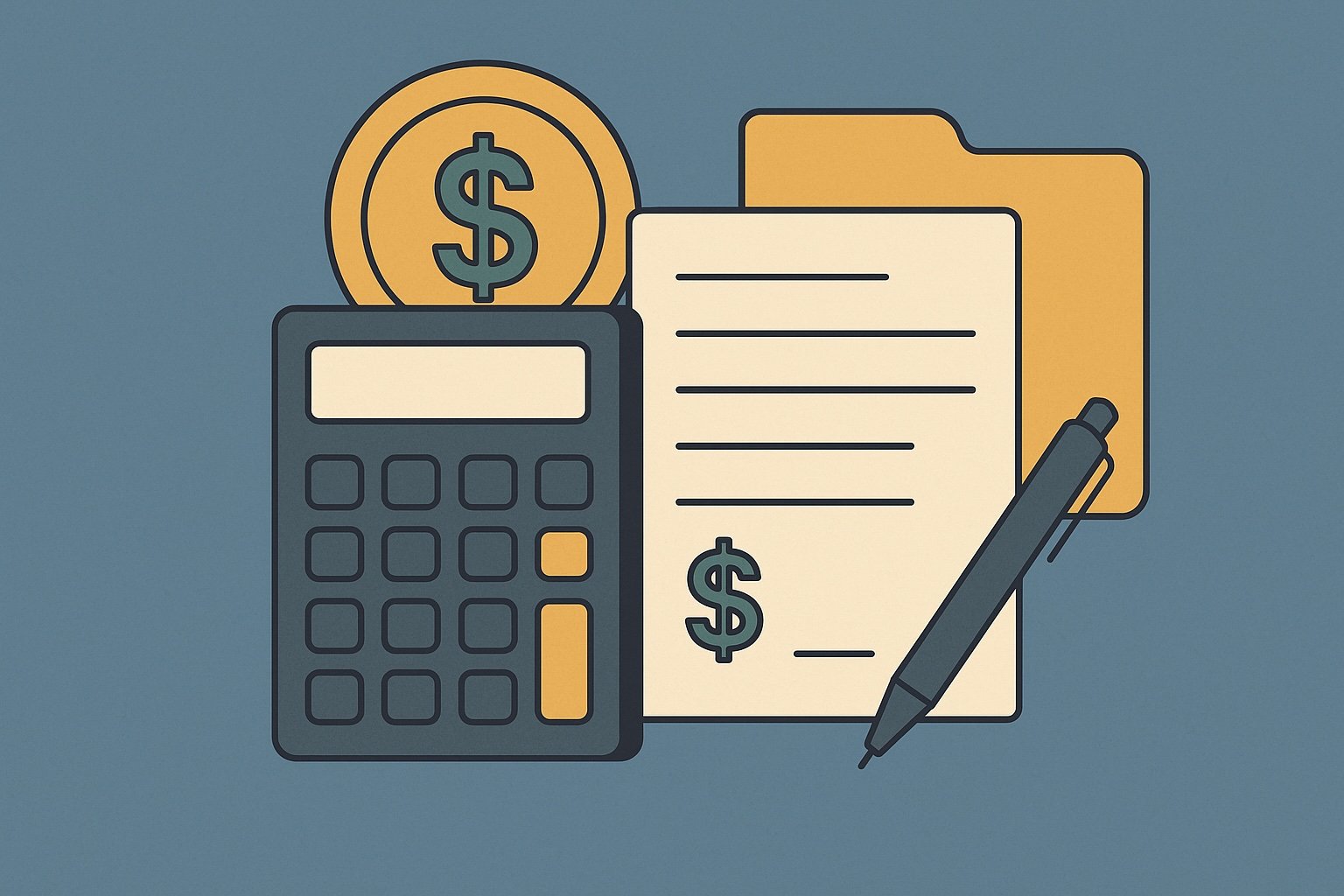Question
ARTE's Answer
A reverse 1031 exchange is a type of like-kind exchange that allows a taxpayer to acquire a replacement property before selling the relinquished property. This can be particularly useful when a taxpayer finds an ideal replacement property but has not yet sold their current property. The process is more complex than a standard deferred exchange, but it can be effectively managed with the help of a qualified intermediary like us at Deferred.com.
In a reverse 1031 exchange, the taxpayer cannot hold title to both the relinquished and replacement properties simultaneously. Instead, the transaction involves a “parking arrangement” where an Exchange Accommodation Titleholder (EAT) temporarily holds the title to one of the properties. This is where we, as your qualified intermediary, come into play to facilitate the process and ensure compliance with IRS guidelines.
Here’s a step-by-step example to illustrate how a reverse 1031 exchange works:
- Identify the Replacement Property: Suppose you find a commercial property you want to purchase for $500,000, but you haven’t sold your current investment property yet.
- Engage Deferred.com as Your Qualified Intermediary: You contact us at Deferred.com to act as your qualified intermediary. We will help you set up the necessary agreements and structures to facilitate the exchange.
- Parking the Replacement Property: We arrange for an EAT to acquire the replacement property on your behalf. You loan the funds to the EAT to purchase the property, and the EAT holds the title temporarily.
- Sell the Relinquished Property: Within 180 days, you must sell your current property. Let’s say you sell it for $600,000. The proceeds from this sale are used to pay off the loan you provided to the EAT for the purchase of the replacement property.
- Transfer of Title: Once the relinquished property is sold, the EAT transfers the title of the replacement property to you, completing the exchange.
- Compliance with IRS Guidelines: Throughout this process, we ensure that all IRS requirements are met, including the 180-day timeline and the use of proper documentation to avoid any constructive receipt of funds.
By using a reverse 1031 exchange, you can secure a desirable replacement property without the pressure of selling your current property first. This strategy can be particularly advantageous in a competitive real estate market where timing is crucial. At Deferred.com, we provide the expertise and support needed to navigate the complexities of a reverse exchange, ensuring a smooth and compliant transaction.
Have more questions? Call us at 866-442-1031 or send an email to support@deferred.com to talk with an exchange officer at Deferred.
Sources
- TAM 200039005 (Failed Reverse Exchanges)
- IRS Info Letter 2007-0009 (Reverse Exchanges Do Not Qualify for Postponement)
- DeCleene v. Comm., 115 TC 457
- Goolsby v. Commissioner
- Rev. Rul. 2002-83 (Related Party Exchanges)
- Reverse Exchange (Article)
- What To Do About Exchange Expenses in a Section 1031 Exchange? (Article)
1031 Question? Ask ARTE
Deferred's AI 1031 Research Assistant is trained on 8,000+ pages of US tax law and outperforms human CPAs by 22%+
CHAT NOW
Learn More
See more frequently asked questions about 1031 exchanges








